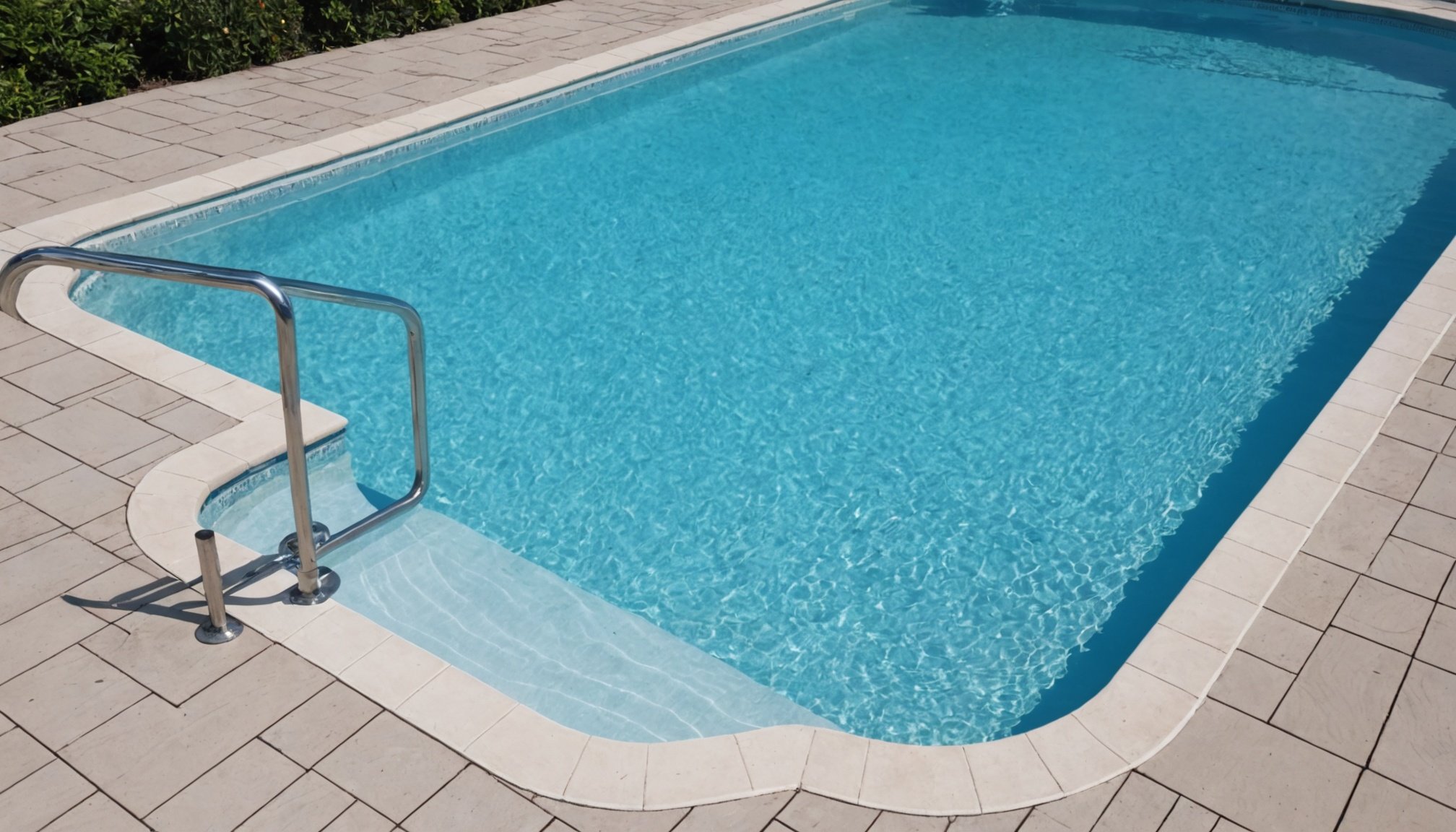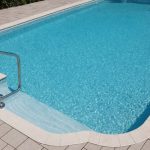Understanding Swimming Pool Leaks
Swimming pool leaks can be a source of frustration for many UK homeowners. Understanding the common causes of these leaks is the first step in effective pool maintenance. One of the primary reasons for leaks includes deteriorating seals around pool fittings or cracked pipes due to shifting soil. Over time, exposure to chemicals used in water treatment can also erode pool surfaces.
Identifying leak signs early can save time and money. If you notice increasing water bills or observe that the pool requires frequent topping up despite normal use, these could be indications of a leak. Physical signs such as wet spots around the pool area, especially when it hasn’t rained, might also alert you to a potential problem.
Dans le meme genre : Effective Strategies for Controlling Algae and Mold in Moist UK Climates
Seasonal changes significantly impact pool integrity. In the UK, extreme temperature variations can cause materials to expand and contract. This is particularly true during the freezing winter months when the water can freeze, leading to potential cracks and leaks. Regular inspection during spring is crucial to ensure any damage inflicted during the colder months is addressed.
Maintaining a pool in good condition requires not just immediate solutions to existing leaks, but also a proactive approach to identifying potential issues before they become significant problems. Consistent upkeep and pool maintenance can greatly extend the life and enjoyment of a swimming pool.
Lire également : Top Non-Slip Surfaces for Safe and Stylish UK Home Swimming Pool Decks
Tools and Techniques for Leak Detection
Detecting leaks in UK pools requires a combination of effective leak detection tools and techniques. By understanding and utilising the right methods, pool owners can maintain their swimming pool’s integrity and ensure efficient water use.
Essential Tools for Leak Detection
To identify leaks accurately, some essential tools include pressure testing kits, electronic water leak detectors, and dye testing kits. These tools can pinpoint the exact location of a leak within a pool by measuring water pressure and detecting subtle flow changes. They are particularly useful for swimming pool testing and are often the first step in creating a comprehensive leak management plan.
DIY Detection Techniques
For homeowners inclined towards DIY detection, several straightforward methods can be effective. Conducting a bucket test can serve as a simple way to identify water loss by comparing the water levels inside and outside a container set within the pool. Additionally, using food colouring around possible leakage areas can visually indicate water escaping from the intended path.
When to Call a Professional
While some leaks can be managed independently, more complex or concealed leaks may necessitate professional intervention. Indicators like persistent water loss despite repair efforts, structural damage, or unexplained changes in pool chemistry should prompt a call to experts for a thorough assessment and resolution.
Step-by-Step Leak Repair Methods
When it comes to pool leak repair, addressing the issue promptly can save both time and money. There are various types of swimming pool repairs, each requiring specific approaches. Common problems include cracks and faulty fittings. Cracks may appear in concrete pools and can be repaired using special sealants designed for underwater use. For fittings, checking for loose or worn parts and replacing them is often necessary.
To begin the repair process, gather essential materials. For fixing leaks in UK homes, a typical toolkit might include waterproof sealant, repair patches, and a waterproof adhesive. Having these on hand minimizes disruption and speeds up the repair time.
Below are best practices for ensuring long-lasting fixes:
- Diagnosis: Accurately identify the leak location and type. This determines the method of repair.
- Preparation: Clean the area surrounding the leak thoroughly. Debris or algae can prevent sealant effectiveness.
- Application: Ensure all products are applied as per the manufacturer’s instructions. This includes applying adequate pressure when positioning patches or fittings.
Proper maintenance after repair is just as vital as the repair itself. Regular checks can prevent minor issues from escalating into more significant, costly problems. By following these steps, many pool owners can maintain their pools in excellent condition.
Preventative Measures and Maintenance Tips
Keeping your pool in pristine condition entails thorough and consistent pool maintenance. Regular checks can catch potential issues before they become costly repairs. To ensure your stress levels stay as low as your water levels, include these habits in your routine.
First and foremost, monitor water levels closely. Fluctuating levels can signal leaks or evaporation, so maintaining the right balance is essential to keeping pools leak-free. Use a water sensor for precision, especially during the summer months when evaporation is high.
Chemical balance is another factor that requires attention. Balanced chemicals not only maintain water clarity but also prevent damage to pool surfaces that could potentially lead to leaks. Regular testing is essential to ensure safe swimming conditions and the longevity of your pool.
In winter, special measures should be taken to protect your pool. Consider investing in a quality pool cover to prevent debris and winter weather from causing damage. When freezing conditions occur, ensure water levels are properly managed to prevent expansion-induced cracks.
Routine inspections of pipes and fittings can also assist with leak prevention. If you identify a leak, promptly address it to prevent more significant issues. By integrating these practices, you help safeguard both your investment and enjoyment year-round.
Navigating Local Regulations and Resources
When owning a pool in the UK, it’s crucial to navigate UK pool regulations and understand what’s required for swimming pool safety and operations.
Understanding Local Building Regulations
In the UK, local building regulations dictate numerous aspects of pool construction and upkeep. These regulations ensure pools are built safely and in adherence to structural and safety standards. For instance, barriers, alarms, and covers might be mandated to prevent accidents and enhance swimming pool safety. Compliance with these regulations not only ensures safety but also avoids potential legal issues.
Finding Certified Pool Professionals
Finding qualified professionals is key to maintaining your pool efficiently. When searching for local repair services, check for certifications and memberships with organisations like the Institute of Swimming Pool Engineers (ISPE). Certified professionals are more likely to adhere to safety standards and efficiently handle repairs, ensuring your pool remains safe and operational.
Resources for Pool Owners in the UK
Several resources help UK pool owners navigate their responsibilities. Websites such as Swim England provide guidelines on maintaining swimming pool safety. Additionally, governmental portals offer insights into UK pool regulations, helping owners stay informed. Engaging with local community groups can also provide recommendations for trusted local repair services.











